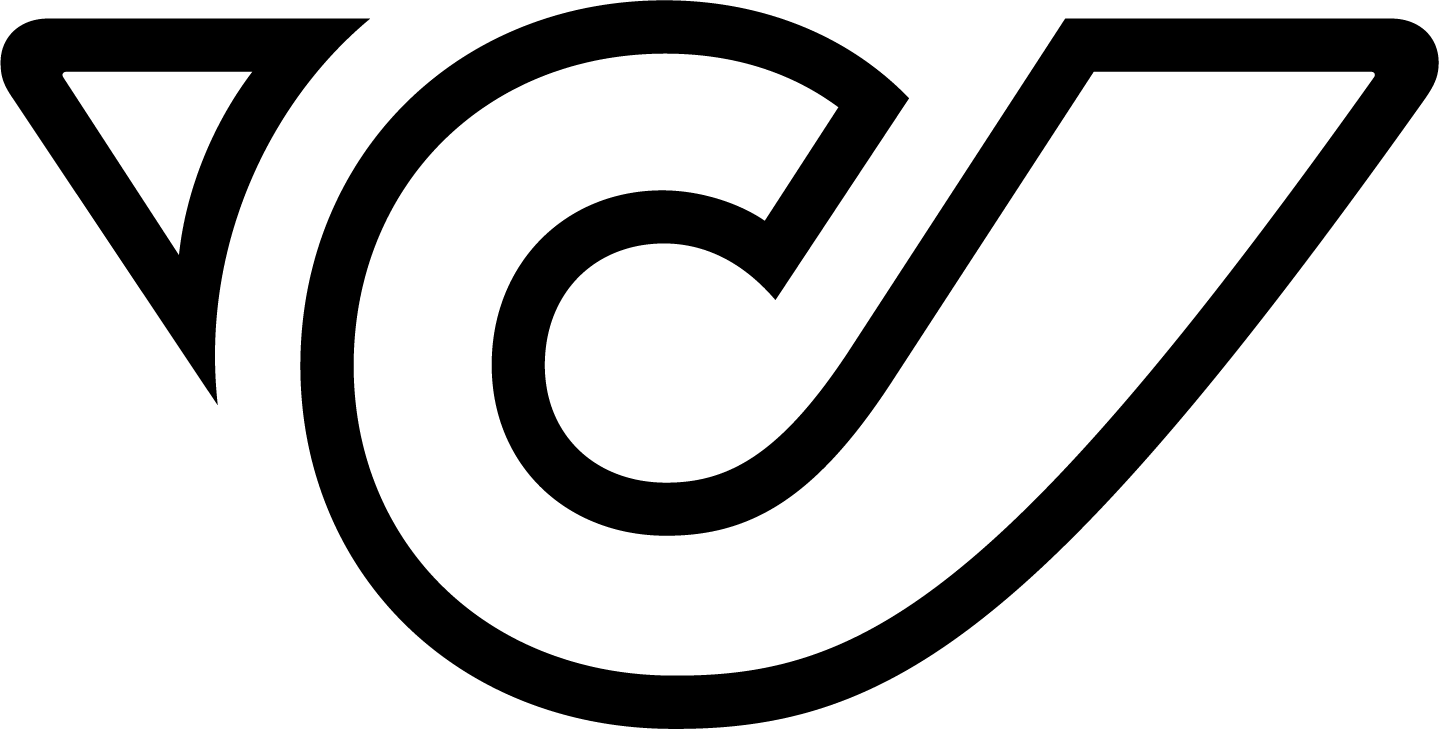AUSTRIAN POST IN Q1–3 2022
GOOD QUARTERLY DEVELOPMENT IN A CHALLENGING MARKET ENVIRONMENT
Business environment in Q1–3 2022
- Inflation and factor cost increases present ongoing challenges
- Austrian parcel volumes again almost at last year’s strong lockdown-related volumes
- Improved letter mail trend due to special mailings
- Austrian letter mail volumes down by 4 % on an operational level, ±0 % including special effects (Q3: operating volumes –6 %, –1 % incl. special effects)
- Direct mail and media post volumes up by 3 % year-on-year (Q3: –5 %)
- Parcel volumes after a strong prior-year –1 % in Austria, –14 % in Turkey and +11 % in CEE/SEE (Q3: +6 % in Austria, +1 % in Turkey, +14 % in CEE/SEE)
- Mail Q1–3 2022: –0.7 % to EUR 886.9m (Q3: +0.8 %)
- Parcel & Logistics Q1–3 2022: –4.5 % to EUR 865.3m, +1.2 % excl. Parcel Turkey
(Q3: +5.6 % or +5.4 % excl. Parcel Turkey) - Retail & Bank Q1–3 2022: +62.2 % to EUR 85.2m (Q3: +91.0 %)
- EBITDA –3.1 % to EUR 258.0m (Q3: –4.1 %)
- EBIT –13.0 % to EUR 125.3m (Q3: –15.5 %)
- Revenue targeted as close as possible to prior-year performance (2021 revenue: EUR 2.5bn)
- EBIT 2022 expected to be at least at the mid-point of the previously indicated range (2021 EBIT: EUR 205m, 2020 EBIT: EUR 161m)
- The aim for 2023 is to increase revenue against the backdrop of rising costs and thereby to keep earnings as stable as possible
Group revenue in the first three quarters of 2022 totalled EUR 1,815.9m (–1.0 %), whereas third-quarter revenue growth was up by 5.7 % year-on-year. The parcel business in Turkey is strongly impacted by inflation and currency effects at present compared with an extraordinarily successful year in 2021. When excluding Parcel Turkey, however, Group revenue increased by 1.9 % in the first three quarters of 2022. The Mail Division reported a revenue decrease of 0.7 % in the first nine months of the year and Parcel & Logistics revenue fell by 4.5 % in total but showed an increase of 1.2 % excluding Parcel Turkey. The Retail & Bank Division developed positively, generating a 62.2 % revenue increase to EUR 85.2m in the first nine months of 2022.
The key earnings figures in the first three quarters of 2022 were also below the prior-year level and were impacted by the current challenging market environment. EBITDA of the first three quarters fell by 3.1 % to EUR 258.0m, whereas earnings before interest and tax (EBIT) declined by 13.0 % year-on-year from EUR 144.0m to EUR 125.3m. The Mail Division generated EBIT of EUR 110.7m compared to EUR 110.8m in the prior-year period. Strong revenue development supported by special effects from one-off mailings created a positive momentum. The Parcel & Logistics Division reported an EBIT of EUR 58.6m in the first three quarters of 2022, down from EUR 81.3m in the first three quarters of 2021. This decline is mainly attributable to the challenging environment in the Turkish market. The Retail & Bank Division showed an EBIT of minus EUR 24.8m in the first three quarters of 2022, implying an earnings improvement of 26.8 % compared to minus EUR 33.9m in the previous year. The ramp-up of the financial services business following the acquisition of ING’s retail business at the end of 2021 had a positive impact, while higher integration-related and IT expenses produced a negative impact.
Going forward, the challenging business environment is expected to continue. With inflation being entrenched at a high level, this implies enormous price pressure for energy and personnel while facing, at the same time, an expected economic downturn. Austrian Post aims to address these unfavourable conditions in terms of both revenue and costs. In line with current estimates, the company assumes that short-term visibility is sufficient provided and expects revenue for the full year 2022 to be at the level of EUR 2.5bn generated in 2021. Assuming sufficient energy supply to continue going forward, Austrian Post expects earnings to be at least at the mid-point of the previously indicated range (2021 EBIT: EUR 205m; 2020 EBIT: EUR 161m).
Current macroeconomic issues will become even more challenging in 2023 in the current financial year due to high factor cost increases against the backdrop of economic headwinds. Profitability must continue to ensure high-quality business operations as well as necessary investments in capacity expansion and conversion to sustainable, climate-neutral delivery services. Accordingly, the intended aim of the company is to increase revenue against the backdrop of rising costs and thereby to keep earnings as stable as possible.
CONTACTS:
Austrian Post
Ingeborg Gratzer
Head of Media Relations & Internal Communications
Tel.: +43 (0) 57767-32010
presse@post.at
Austrian Post
Harald Hagenauer
Head of Investor Relations, Group Auditing & Compliance
Tel.: +43 (0) 57767-30400
investor@post.at

